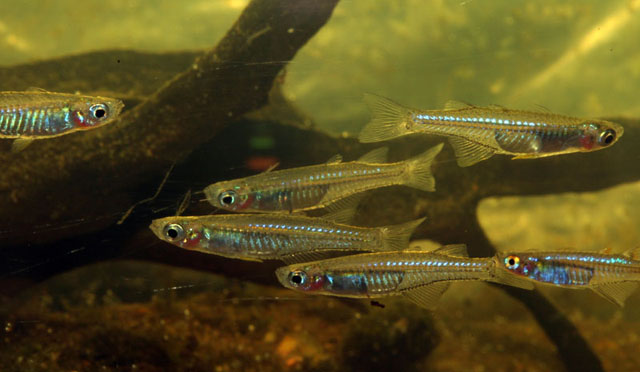| Pseudomugilidae (Blue eyes) |
| 3.5 cm TL (male/unsexed) |
|
pelagic-neritic; freshwater; brackish; marine, non-migratory |
| Southwest Pacific: known from several sites but probably extends from Toro Pass near the mouth of the Fly River (Papua New Guinea) to Vogelkop Peninsula, Irian Jaya, and from Woods Inlet in Darwin Harbor, Australia. |
|
Dorsal spines (total): 3-4; Dorsal soft rays (total): 5-6; Anal spines: 1-1; Anal soft rays: 10-12. Predorsal scale count 14 to 17. Sexual dimorphism not apparent in this species. |
| Found in mangrove swamps and saline creeks (Ref. 9786, 44894). Occurs infringing coastal mangroves in brackish or marine waters. Aggregations shelter among submerged roots or inundated leaves and branches (Ref. 44894). This is a planktivorous species which adapts well to freshwater environment. May occur in large schools, frequently in muddy waters. Sympatric with P. cyanodorsalis over part of its range (Ref. 9786). Probably more widespread, but has escaped notice due to its small size and largely inaccessible habitat (Ref. 44894). |
|
Least Concern (LC); Date assessed: 03 June 2020 Ref. (130435)
|
| harmless |
Source and more info: www.fishbase.org. For personal, classroom, and other internal use only. Not for publication.
